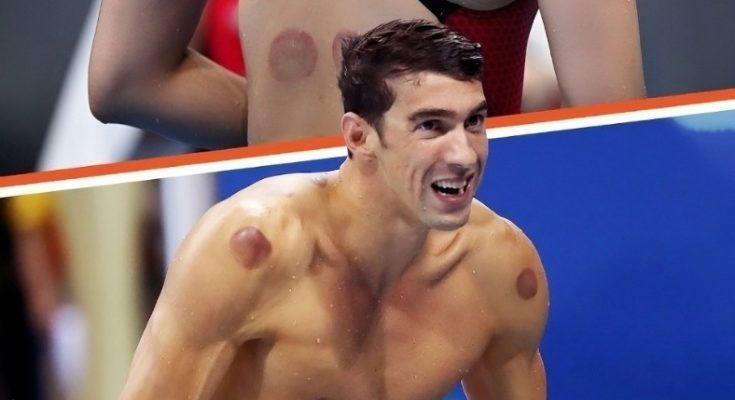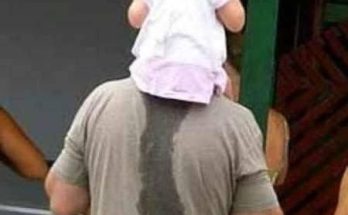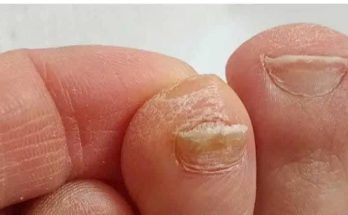The Paris 2024 Olympics recently kicked off with an unforgettable opening ceremony on the Seine River, welcoming over 6,800 athletes from across the globe. As viewers watched the games unfold, many noticed an unusual sight: dark red, circular marks on the bodies of athletes, particularly swimmers, gymnasts, and other Olympians. This sparked curiosity, with many wondering, “What are those spots?” The answer is an ancient therapy called cupping.
What Is Cupping Therapy?
Cupping therapy is an ancient healing method that has been part of traditional Chinese medicine for over 2,000 years. This technique involves placing cups on the skin, creating suction that pulls the skin and underlying tissues into the cup. This process leaves circular marks that can range from light pink to deep red or purple, depending on the intensity and duration of the session. Though the marks may look dramatic, they are temporary and generally fade within days.
The benefits of cupping go beyond its visual effect. It is believed to help with muscle relaxation, pain relief, and improved blood circulation, making it a favored recovery method among athletes. Cupping has gained popularity as a tool for speeding up recovery and enhancing performance, making it a common sight at major sports events like the Olympics.
Why Do Athletes Use Cupping?
Many athletes, including famous figures like Michael Phelps and Serena Williams, have adopted cupping therapy. But what makes it so popular among elite competitors? Here are some reasons why athletes use cupping therapy:
1. Relieves Muscle Soreness and Stiffness
Athletes often experience muscle soreness from intense training. Cupping is thought to reduce this soreness by increasing blood flow to specific areas. By promoting circulation, the therapy helps flush out lactic acid and other waste products, potentially alleviating stiffness and speeding up recovery.
2. Speeds Up Recovery
Fast recovery is crucial for athletes, especially during multi-day competitions like the Olympics. Cupping is believed to enhance recovery by drawing more blood and nutrients to the muscles, which helps repair and restore them more quickly. This allows athletes to maintain peak performance throughout the event.
3. Reduces Inflammation
Inflammation is a common issue for athletes, often resulting in pain and limited mobility. Cupping is believed to help reduce inflammation by improving circulation and supporting the body’s natural healing processes. This makes it easier for athletes to return to training and competition.
4. Promotes Relaxation and Pain Relief
Cupping therapy can be as relaxing as a massage. Many athletes report feeling looser and more relaxed after a session, which can enhance their performance. Additionally, cupping may trigger the release of endorphins—natural painkillers produced by the body—helping athletes manage discomfort during training or events.
The History of Cupping Therapy
While cupping has gained recognition among Western athletes and celebrities in recent years, it has deep historical roots in ancient China. Traditionally, it was used to treat a range of ailments, from muscle pain to respiratory issues. Over the centuries, the technique has evolved, but its core principles remain intact. Cupping is now practiced worldwide, with some cultures combining it with other therapies, such as acupuncture, to enhance its effects.
Famous Athletes and Celebrities Who Use Cupping
Cupping therapy gained widespread attention during the 2016 Rio Olympics when swimmer Michael Phelps was seen sporting the distinctive red marks. Phelps, one of the most decorated Olympians in history, credited cupping with helping him recover and perform at his best. Since then, many athletes and celebrities have embraced cupping, including:
- Michael Phelps (Swimmer): His visible cupping marks at the 2016 Rio Olympics brought the therapy into the spotlight, highlighting its benefits for muscle recovery.
- Serena Williams (Tennis Player): The tennis legend has praised cupping for its role in managing muscle soreness and aiding recovery, helping her maintain her performance level.
- Gwyneth Paltrow (Actress): Cupping has also found a following in Hollywood. Gwyneth Paltrow, an advocate of holistic wellness, has been spotted on the red carpet with cupping marks, bringing awareness of its benefits beyond the athletic world.
How Does Cupping Work?
The process of cupping is simple but effective. Here’s how a typical session unfolds:
- Preparation: Cups, often made of glass, silicone, or bamboo, are placed on the skin.
- Suction Creation: Suction is created inside the cups, either through heat or an air pump, which draws the skin up.
- Treatment: The cups are left on the skin for 5 to 20 minutes, depending on the desired effect. The suction promotes circulation, resulting in the characteristic circular marks.
- Aftercare: Once the session is complete, the cups are removed. The marks usually fade within a few days, while the benefits can last longer.
Are There Risks to Cupping?
While cupping is generally safe, it does have some potential side effects, such as:
- Skin Irritation: Mild discomfort or itching may occur but typically subsides quickly.
- Bruising: The red or purple marks left behind are essentially bruises, which can last for several days.
- Mild Pain: Some people may feel minor discomfort during or after the session, especially if it’s their first time.
Most people find the benefits outweigh the risks, but it’s always wise to consult a qualified practitioner before trying cupping, especially if you have sensitive skin or health concerns.
The Growing Popularity of Cupping in Sports
As more athletes and celebrities turn to cupping for its recovery benefits, it’s likely that the therapy will continue to grow in popularity. With advancements in sports science, cupping may become an integral part of recovery programs. The therapy’s natural ability to relieve pain and improve recovery is invaluable in competitive sports, where even a slight advantage can be crucial.
Conclusion: Ancient Wisdom Meets Modern Performance
The dark red circles seen on Olympians’ bodies might seem unusual, but they represent a blend of ancient healing and modern athletic performance. Cupping provides athletes with a natural way to speed up recovery, relieve muscle soreness, and enhance their overall performance. As the Paris 2024 Olympics continue, these marks serve as symbols of the enduring power of traditional practices in helping athletes reach their peak potential.



